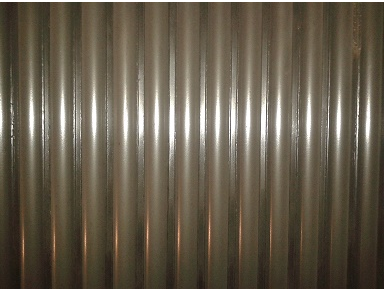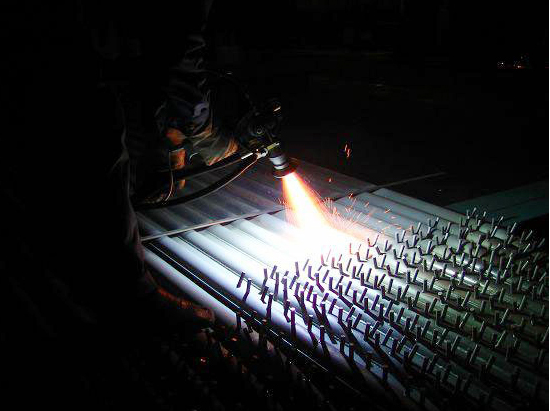

Analysis of Basic Characteristics of Boiler Wear-Resistant Spraying Technology
Generally, both metallic and non-metallic substrates can be sprayed. The shape and size of the substrate is generally not limited, but orifices are currently not possible. Boiler wear-resistant spray coating materials are very wide and can be coated with metals, alloys, ceramics and composites. This material can make the surface have many properties, such as corrosion resistance and wear resistance; high temperature resistance, heat insulation, etc. Up to 450HB, spray layer up to 65HRC
Boiler anti-wear spraying has little effect on the substrate. The heating temperature of the substrate is 200~250℃, and the total temperature is about 70~80℃, so the deformed substrate is smaller and the material structure remains unchanged.
Disadvantages of supersonic anti-wear spraying for boilers

The bonding strength between the spray coating and the substrate is low, and it cannot withstand alternating loads and impact loads.
The surface treatment of the substrate must be high;
The supersonic anti-wear coating process of boilers is affected by various conditions, and there is no effective coating quality detection method.

Principle of boiler wear-resistant spraying technology
As a new type of surface protection and surface strengthening technology, boiler wear-resistant spraying technology has developed rapidly in the past 20 years and has become a very active branch in the field of metal surface engineering. The wear-resistant spray structure of the boiler uses flame as a heat source to heat metal and non-metal materials to a molten state.
Driven by high-speed airflow, mist is formed and sprayed onto the substrate. When the ejected tiny molten particles hit the substrate, plastic deformation occurs, forming a flake-like superimposed deposited coating.
Hot information

